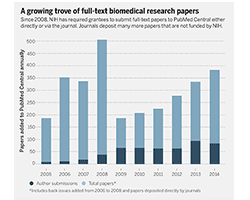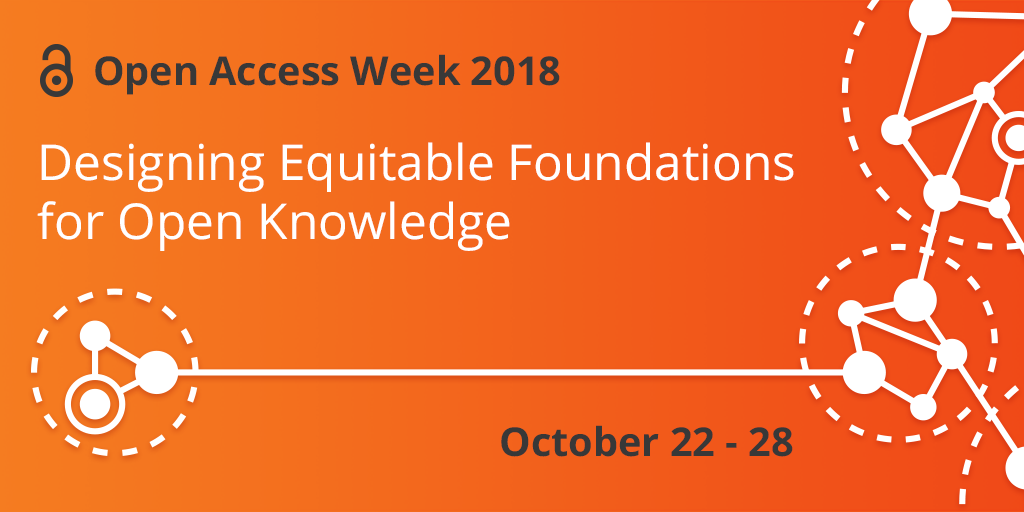
US Agencies Fall in Line on Public Access with the rest
After a decade of often fierce debate over whether the public should have free access to the scientific papers produced by their tax dollars, advocates for so-called open access celebrated a notable victory last month: The National Science Foundation (NSF) unveiled a plan to require its grantees to make their research freely available. NSF’s move meant that the federal agencies that provide the bulk of the nation’s basic and applied research funding have now complied with a 2013 White House order to make the peer-reviewed papers they fund freely available within 12 months of publication. The order, which applies to federal agencies that spend more than $100 million a year on research and development, will ultimately make hundreds of thousands of scientific papers once hidden behind paywalls available to anyone with an Internet connection. For the typical U.S. scientist with a federal research grant, the new public access mandate means they will need to follow the example of researchers funded by the National Institutes of Health (NIH). Since 2008, NIH grantees have been required to send their accepted manuscripts or final published paper to the agency’s PubMed Central full-text archive. Researchers may deposit the paper themselves through a special Web portal, or the journal may do it for them. At most agencies, those who ignore the mandate will not get credit for their papers during reviews of funding proposals or job performance. The details of how the public will get access to the full-text papers vary by agency. Some, including NASA, will share papers through a full-text archive similar to PubMed Central, which has grown to hold more than 3 million full-text papers. Open-access advocates prefer this model because they say it allows for simpler text and data mining across an entire corpus of articles. But two agencies, NSF and the Department of Energy, have heeded concerns from publishers that full-text archives will divert eyeballs from their sites and cut into advertising revenue. They are building portals that provide only a paper’s abstract and other metadata; links will take users to the full-text article on the publisher’s website.
Sorce: Science




